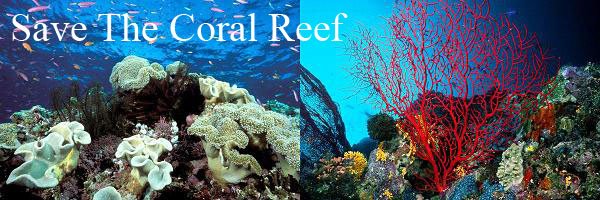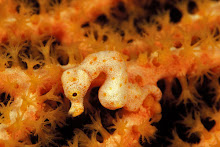Coral reefs are the largest natural structures in the world. They are the result of a remarkable relationship between coral animals, known as polyps, and microscopic algae (zooxanthellae) living in their tissues. The polyp, resembling a small sea anemone, is able to feed itself using stinging cells found on its tentacles which paralyze passing plankton. The plankton is digested but supplies only a small part of the nutritional requirements of the polyp. The remainder comes from the zooxanthellae which convert sunlight, carbon dioxide and their own wastes into oxygen and carbohydrates. These carbohydrates are also used by the polyp to make calcium carbonate in a process known as calcification. This material forms the skeleton of the coral and eventually the framework of what we recognize today as a coral reef.
Subscribe to:
Post Comments (Atom)














2 comments:
I am thankful about this site as I did not know much about the Corel Reef. It gives me the basic understanding about the Corel Reef.
===================================Ashwani
look4ward
Hi "Two Tiny Polyps",
What you have done is wonderful.
Information given was detailed and the pictures add not only colour but also acts as explanation to some of the information.
In short, great job! =)
I do hope this is not a one off project for you guys.
You can continue to blog about reefs, or even tell your friends what you have learnt and spread the message of saving the reefs.
Also explore the possibilities of exploring our own shores during the coming holidays or in the future and blog about them!
Cheers,
July
Author of "wherediscoverybegins.blogspot.com"
*If you are interested to visit our shores and don't have any information sources, you may leave a comment at my blog and I'll try to get back to you ASAP =)
Post a Comment